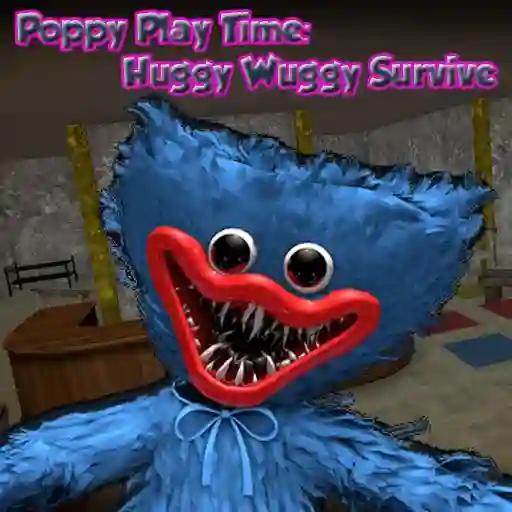


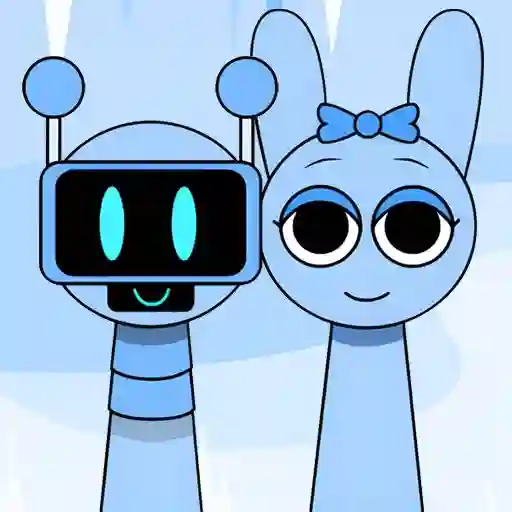






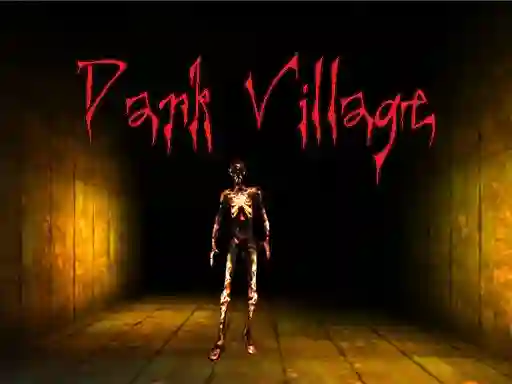


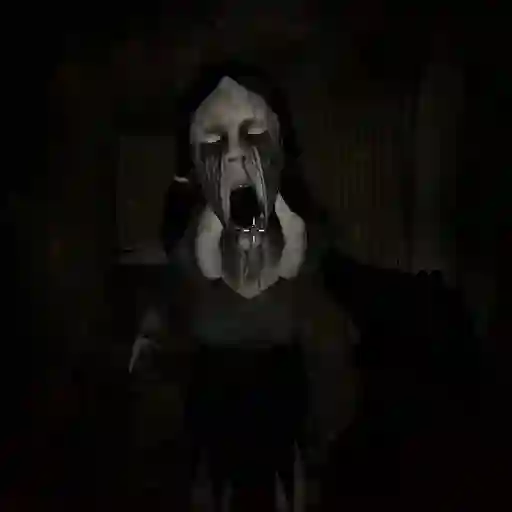




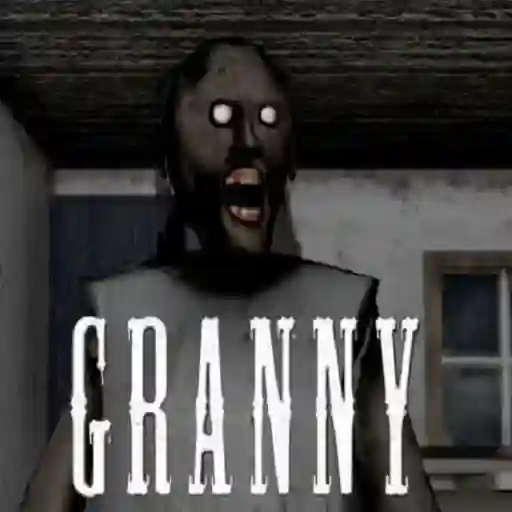
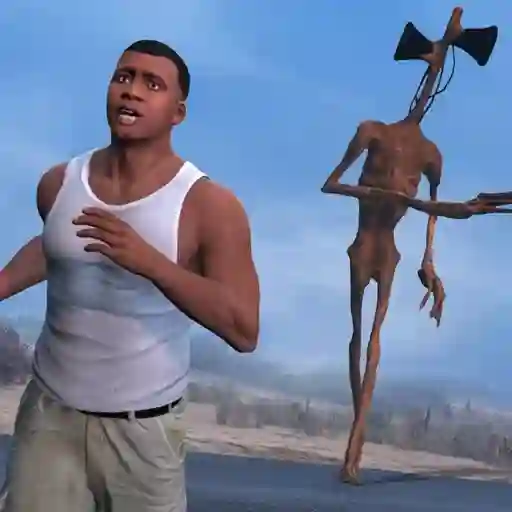

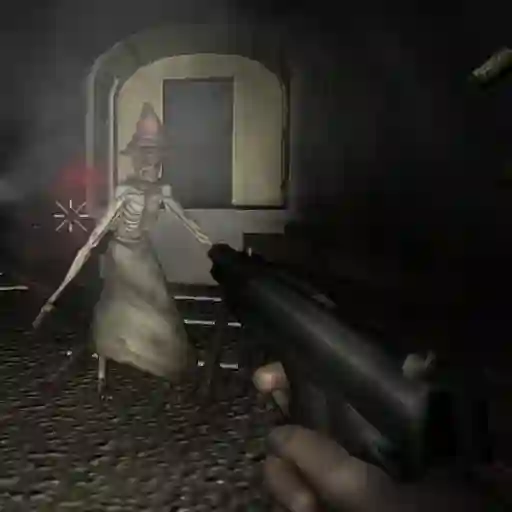
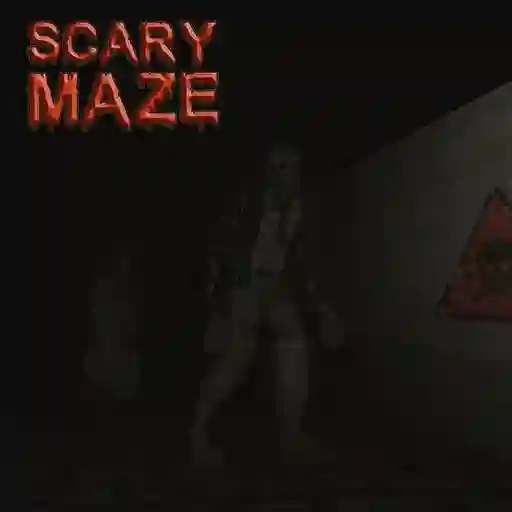



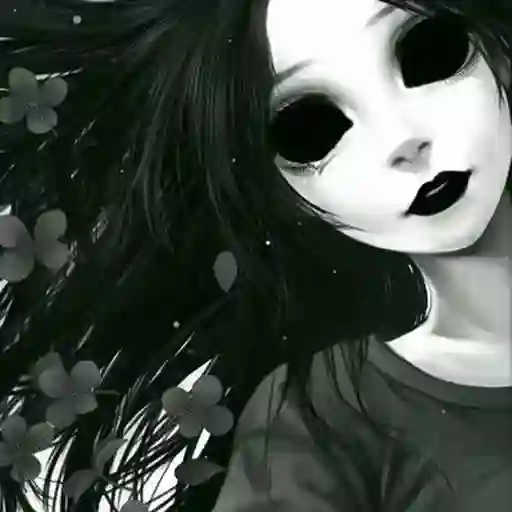
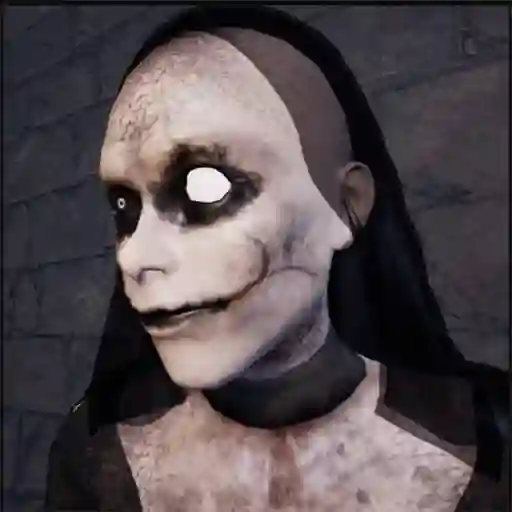
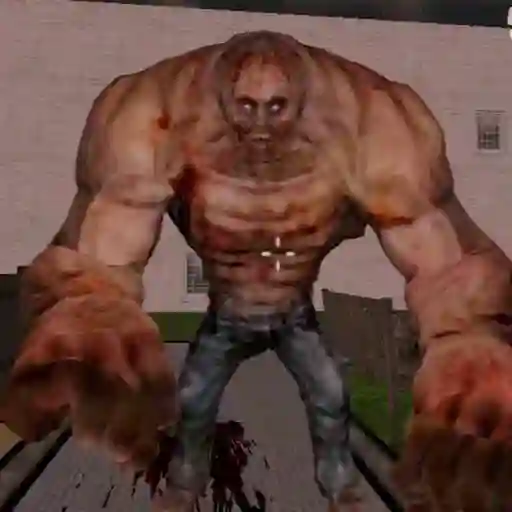
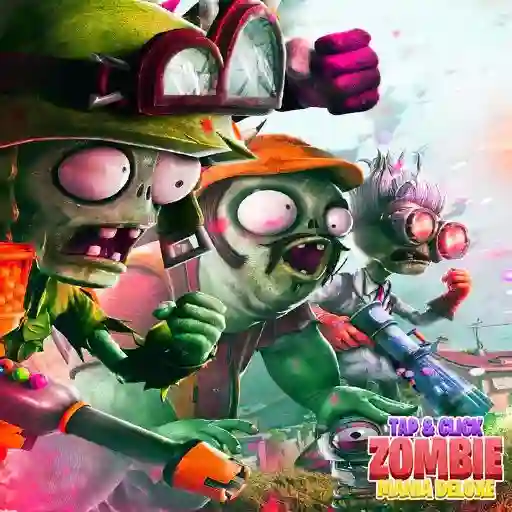

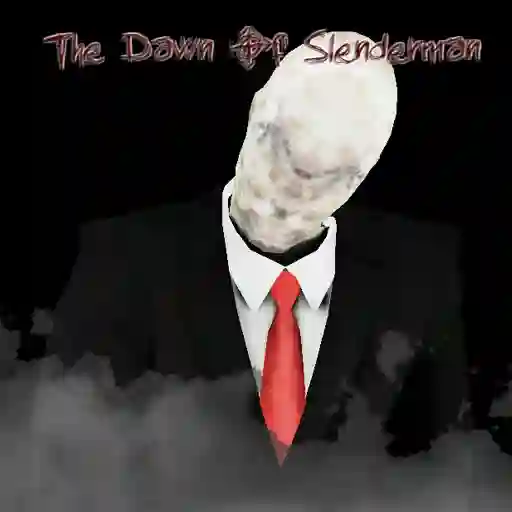

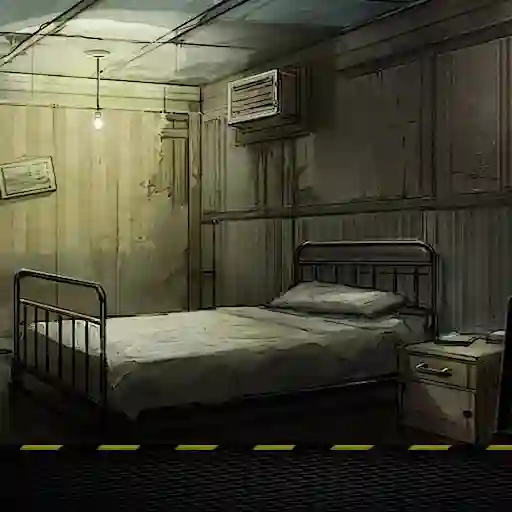
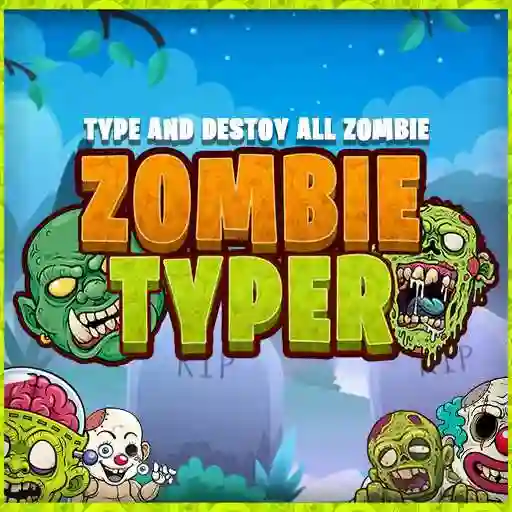

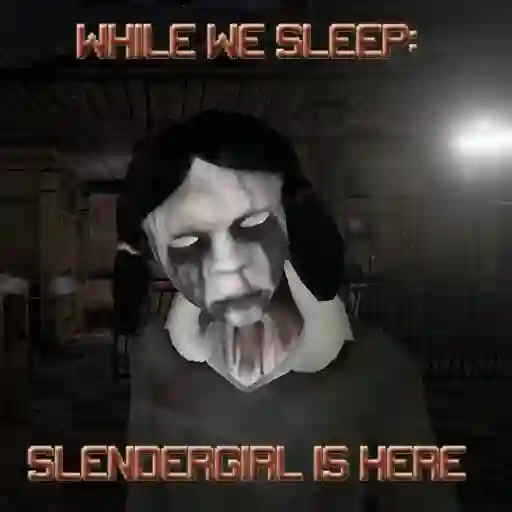

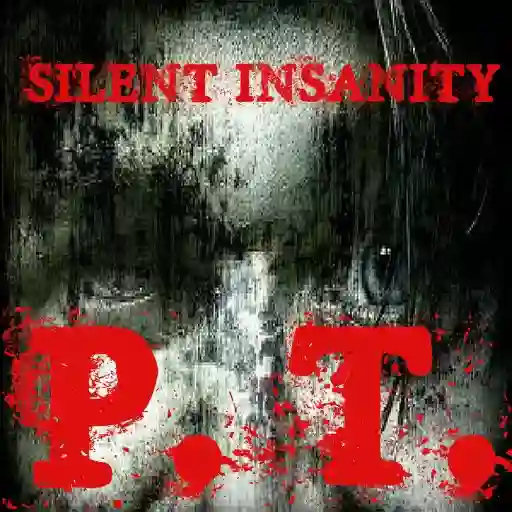

Horror games are a video game genre designed to evoke fear, tension, and a sense of dread in players. These games often feature atmospheric sound design, visually disturbing imagery, and narratives that explore themes of survival, death, and the supernatural. Key elements include:
• Jump scares: Sudden, startling events designed to frighten the player.
• Resource management: Players often must conserve limited items like ammo, health, or light sources.
• Environmental storytelling: The game world and its visuals tell much of the story, creating unease and mystery.
• Puzzle-solving: Puzzles that challenge players to progress in a tense, high-stakes environment.
• Psychological horror: Games that focus on mental fear, anxiety, or unsettling themes rather than direct scares.
Horror games can range from slow-paced, atmospheric experiences to fast-paced, action-oriented survival games. Sub-genres include survival horror, psychological horror, and atmospheric horror.
What makes a horror game scary?
A horror game combines atmosphere, sound design, visuals, and storytelling to create fear. Elements like darkness, isolation, and unpredictability amplify the scare factor. Games also use psychological tactics to make players feel uneasy or vulnerable.
What are some popular sub-genres of horror games?
Horror games have several sub-genres, including survival horror (e.g., Resident Evil), psychological horror (e.g., Silent Hill), and atmospheric horror (e.g., Amnesia: The Dark Descent). Each sub-genre emphasizes different aspects of fear and tension.
Why do people play horror games if they’re scary?
Players enjoy horror games for the thrill and adrenaline they provide. These games offer a controlled environment to experience fear in a safe way, allowing players to test their courage and problem-solving skills. Additionally, the emotional payoff of overcoming terrifying challenges can be rewarding.